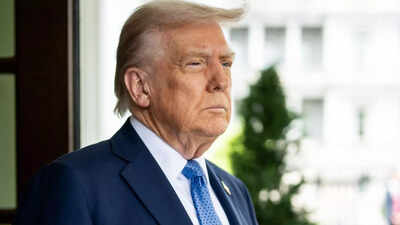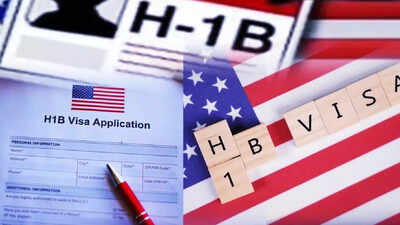H-1B under fire: Are American workers being sidelined in their own tech hubs?

In the heart of America’s technological boom, a quiet yet potent battle is unfolding, one that pits domestic workers against the machinery of globalized talent acquisition. As companies like OpenAI and Instacart continue to expand their foreign workforce, evidence suggests that American-born candidates are increasingly sidelined, their opportunities filtered through immigration departments rather than open recruitment channels. What was intended as a bridge for skilled immigrants now risks becoming a loophole exploited at the expense of the nation’s own workforce.
Local ads, global talent: A regulatory paradox
Recent investigations reveal a troubling pattern: Tech giants are placing job advertisements in local newspapers, yet these listings explicitly direct applicants to immigration or “global mobility” departments. According to Department of Labour regulations, positions for H-1B visa holders must be advertised openly, in at least two major Sunday newspapers, on state workforce agency websites, internally within firms, and via additional channels chosen by the employer.By funneling applications through immigration-focused channels and excluding walk-ins or direct submissions from American-born workers, these firms may be skirting the very rules designed to ensure fairness in hiring. The result: Jobs that should be accessible to domestic talent are effectively curated for foreign candidates navigating green card pathways.
H-1B at a crossroads
The H-1B visa programme, originally designed to fill critical gaps in America’s high-skilled workforce, now faces renewed scrutiny. While the programme has undeniably fueled innovation by attracting global talent, critics argue that it increasingly enables companies to source cheaper labor at the expense of US employees.The debate is intensified by political tensions: President Trump has voiced support for maintaining the programme, whereas Vice President JD Vance and other commentators argue for stricter oversight, highlighting its potential misuse. The stakes are particularly high in tech hubs where layoffs among American workers often coincide with expanded hiring of H-1B visa holders, suggesting a premeditated replacement strategy rather than genuine talent acquisition.
The workforce implications
This trend is more than a bureaucratic loophole; it signals a shift in the social contract between American workers and the system meant to protect them. As newspapers across the country overflow with H-1B listings promising “100% placement” for roles spanning freshers to senior techies, the optics are stark: Opportunities that should empower domestic workers are increasingly redirected toward foreign labor, often through opaque and restrictive channels.The consequences are tangible. Job security for American-born professionals is undermined, trust in corporate hiring practices erodes, and the broader debate over immigration and labor fairness is reignited. Public perception is further shaped by data circulating on social media, suggesting that foreign labor headcounts rise even as domestic layoffs loom, a pattern that stokes suspicions of premeditated workforce displacement.
Ethics, policy, and the future of talent
The controversy surrounding H-1B hiring practices is ultimately a question of ethics, equity, and national interest. Can a program designed to attract global talent coexist with the imperative to protect domestic employment? Or has the lure of cheap, highly skilled foreign labor warped its original intent?For policymakers, the challenge is stark: Recalibrate the H-1B system to balance corporate needs with domestic employment rights, or risk further alienating American workers while intensifying political polarization. For companies, the choice is equally critical: Prioritize ethical hiring practices or continue exploiting regulatory gaps at the expense of national trust.The H-1B program now stands at a critical inflection point. Its trajectory will define not only the future of tech innovation but also the credibility of America’s promise to its own workforce. As scrutiny intensifies, the nation watches closely: Will reform finally align talent strategy with public interest, or will the divide between American workers and global labour deepen further?





